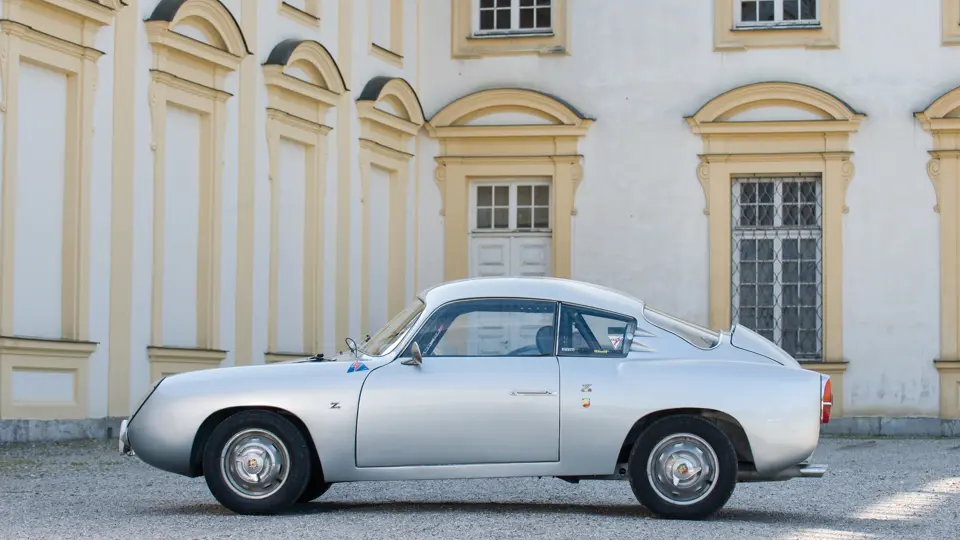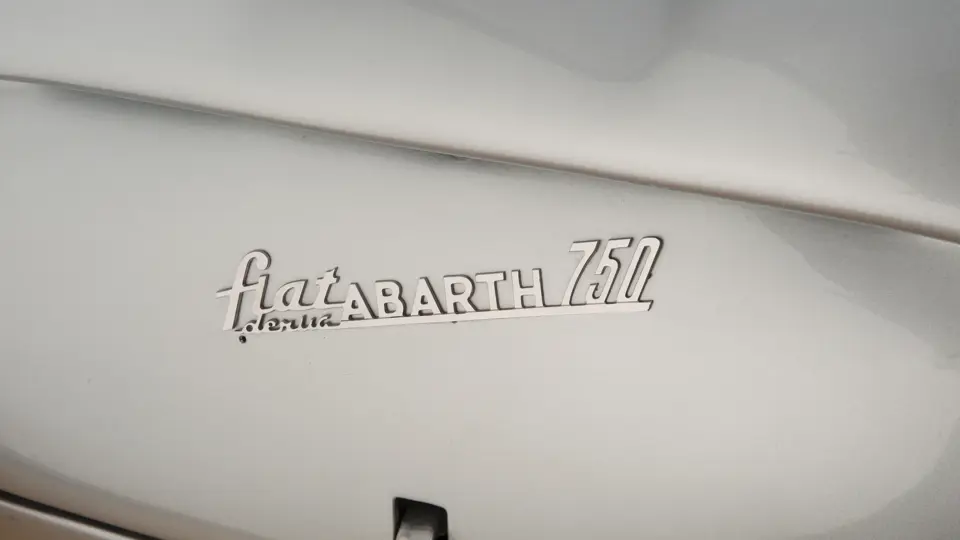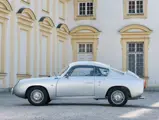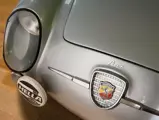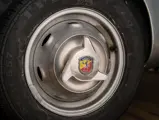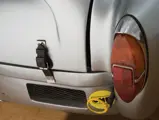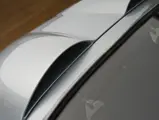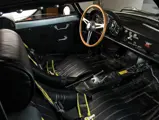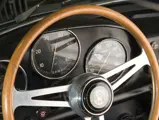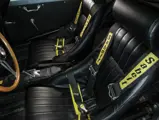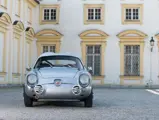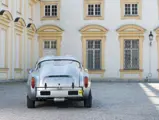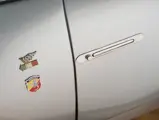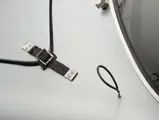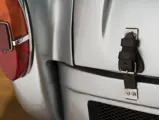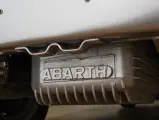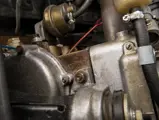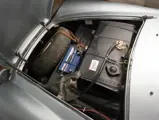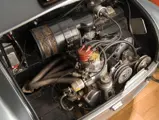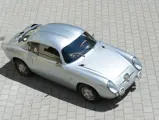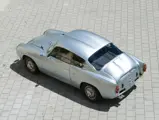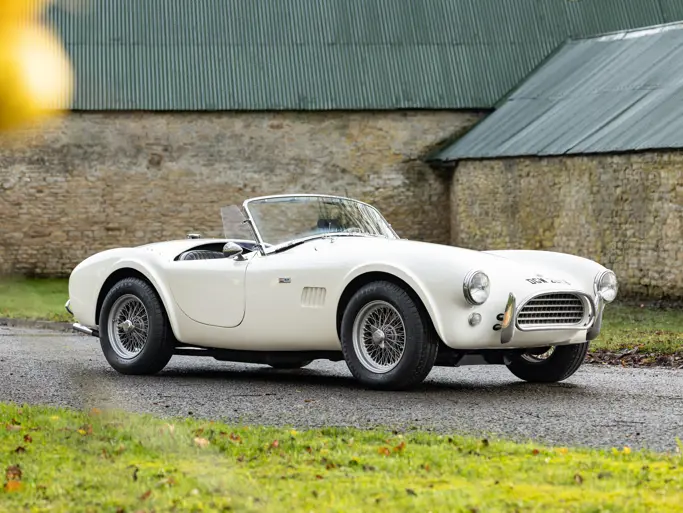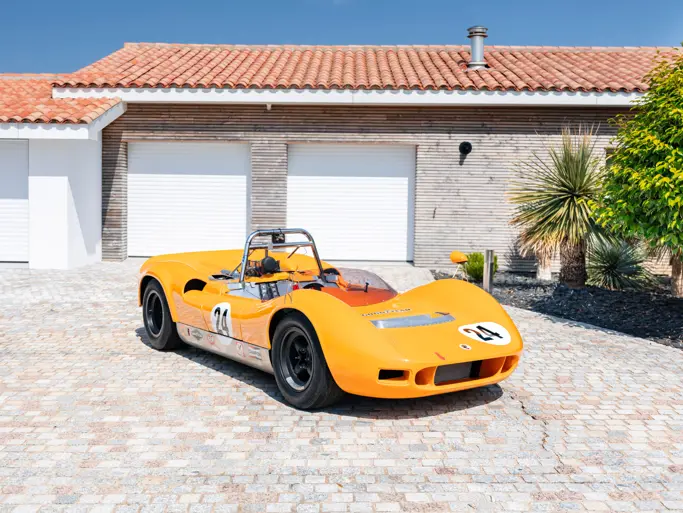39 bhp, 747 cc OHV inline four-cylinder engine, four-speed manual transmission, independent front suspension with a transverse leaf spring, trailing arm coil-spring rear suspension, and four-wheel hydraulic drum brakes. Wheelbase: 2,000 mm
Carlo Abarth, motorsport director of Piero Dusio’s Cisitalia SpA., took over the foundering of that firm’s Italian assets when Dusio decamped to Argentina in 1949. Abarth & Co. in Bologna thus came into being, and its proprietor took the leftover Cisitalia cars, renamed them Abarths, and set off racing with such drivers as Tazio Nuvolari, Franco Cortese, and Piero Taruffi.
Starting with Fiat’s new 600, Abarth bored and stroked its 633-cubic centimetre engine to 747 cubic centimetres. The camshaft and flywheel were modified and a larger carburettor was fitted, with the result being nearly 40 brake horsepower and a top speed of more than 80 mph. The Abarth 750 GT debuted in 1956. Fiat delivered the standard-body 600s to Abarth in incomplete condition, with the purpose of simplifying the performance modifications.
Soon the highly respected Carrozzeria Zagato in Milan took on production of Abarth’s coupé bodies. The coachbuilder’s sketches for the body had a roof so low that there was scant headroom for a person of normal stature, so twin bulges were put into the roof contour. The result was immediately nicknamed “Double Bubble”, a label that has become synonymous with sporting coupés clothed by Zagato and one that continues to influence their design to this day.
This example was acquired as a barn find and purchased in the United States by the Fendt Collection. It was then entrusted to the well-known workshops of Guy Moerenhout and Leo Aumüller. Moerenhout, one of the last Abarth rally drivers, runs the Abarth Works Museum in Belgium. They took care of the body, particularly in locating any missing interior and exterior parts.
Well-known Abarth specialists at Autohaus Aumüller in Schönbrunn im Steigerwald, Germany, restored the power- and drivetrain, as well as other technical parts. The engine is the original and correct Abarth unit, not the later 982- or 1,050-cubic centimetre Autobianchi A112, which is sometimes substituted in search of greater power. The car has been thoroughly restored in the most professional and sympathetic manner, and it still retains its original glass, instruments, wheels, and hub caps. It is fitted with an accessory Webasto heater and is accompanied by a Deutsch Motor Sport Bund e.V. Historic Technical Passport, which certifies its eligibility for international historic competitions.
This extremely quick and nimble Zagato Dubble Bubble, with its clever ergonomics, allows both drivers and passengers of average height to enjoy an immensely exhilarating driving experience.


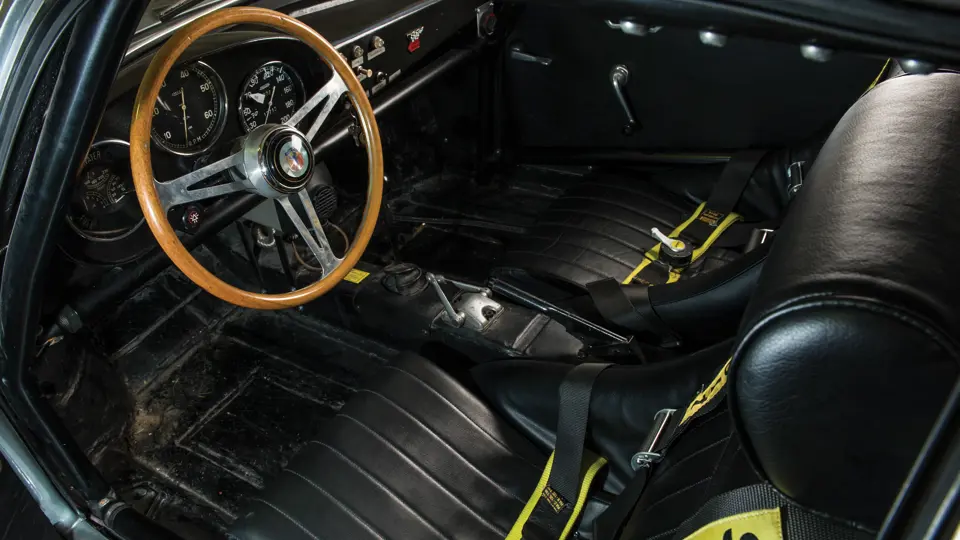

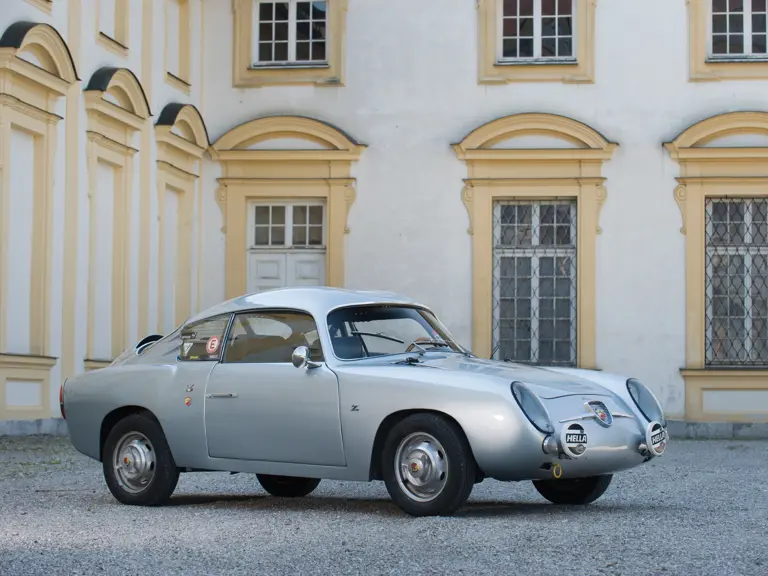
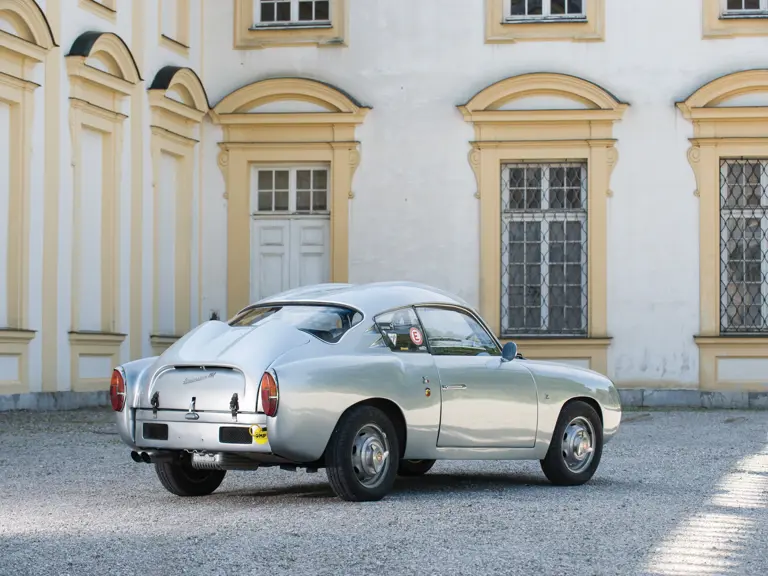

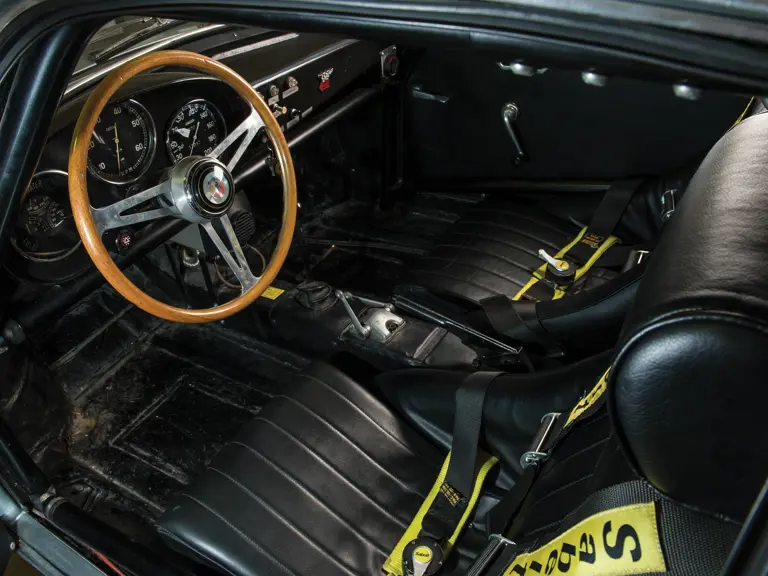
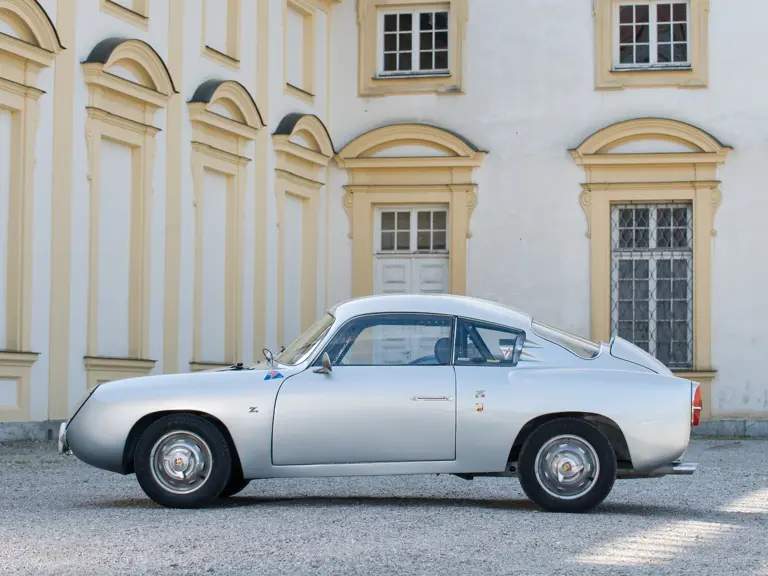
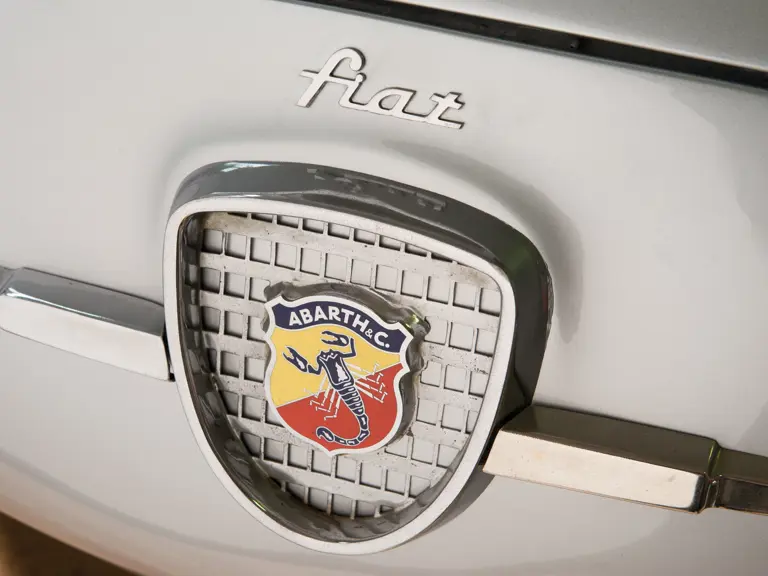
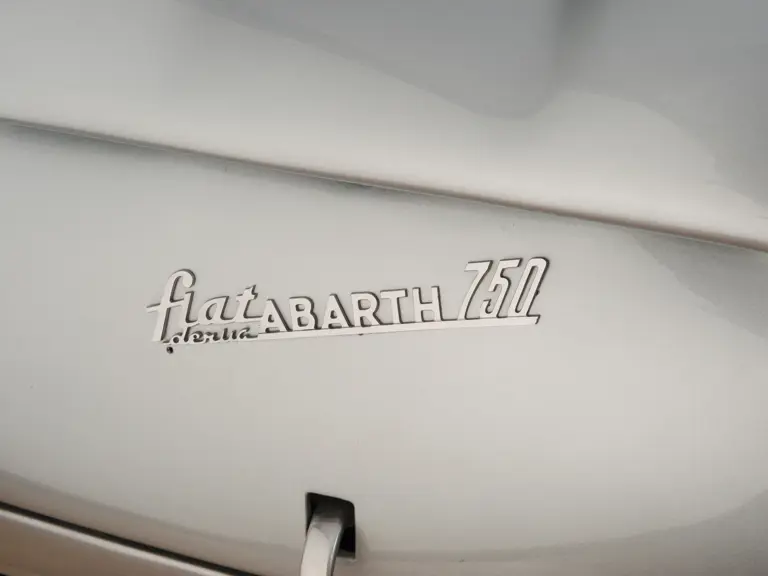


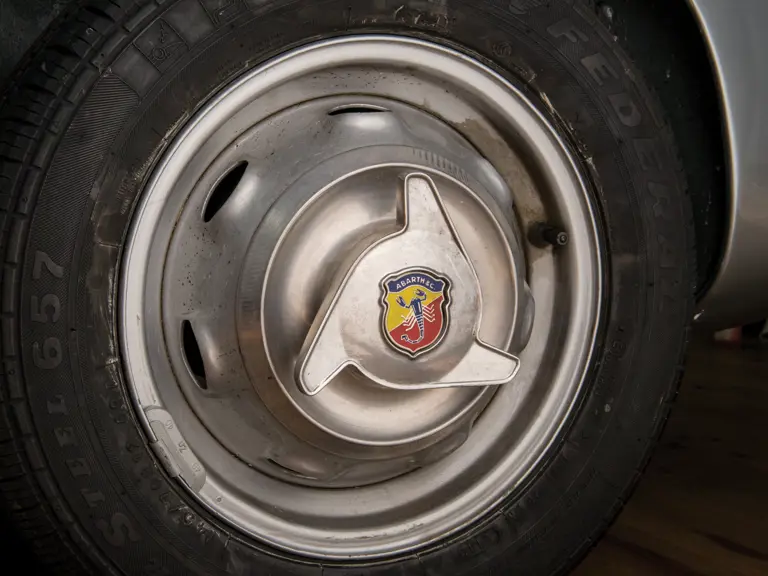
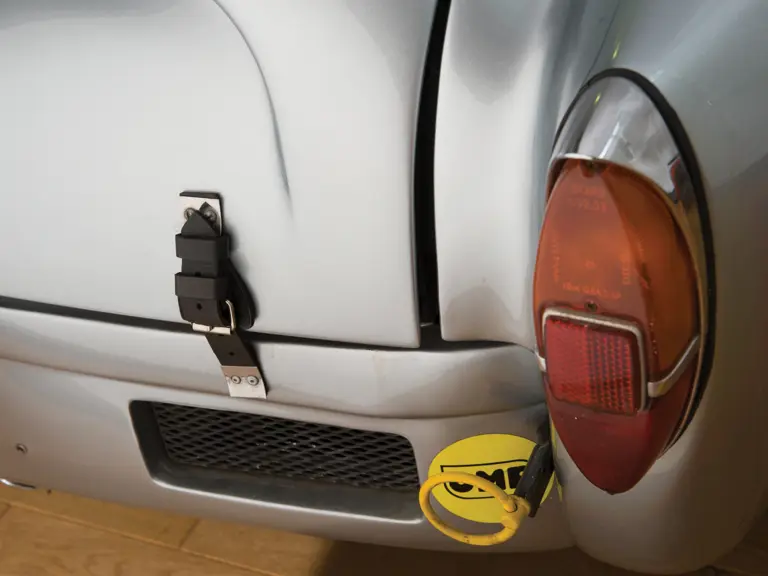

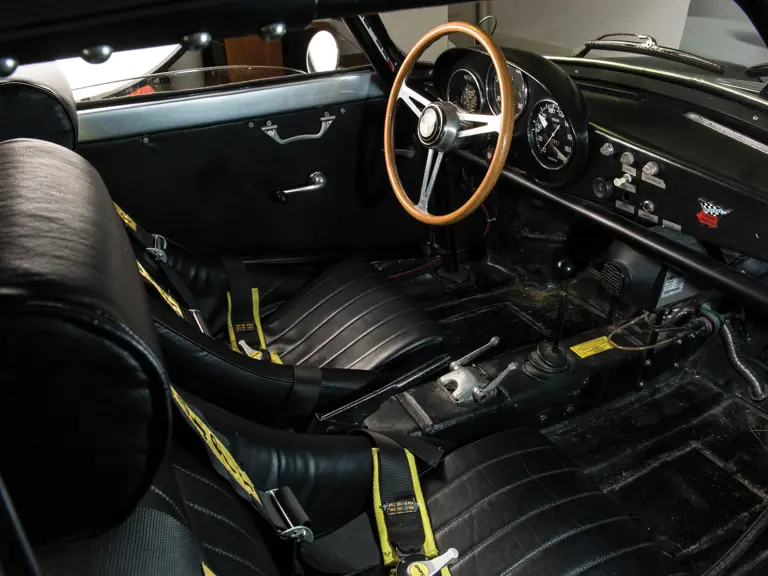
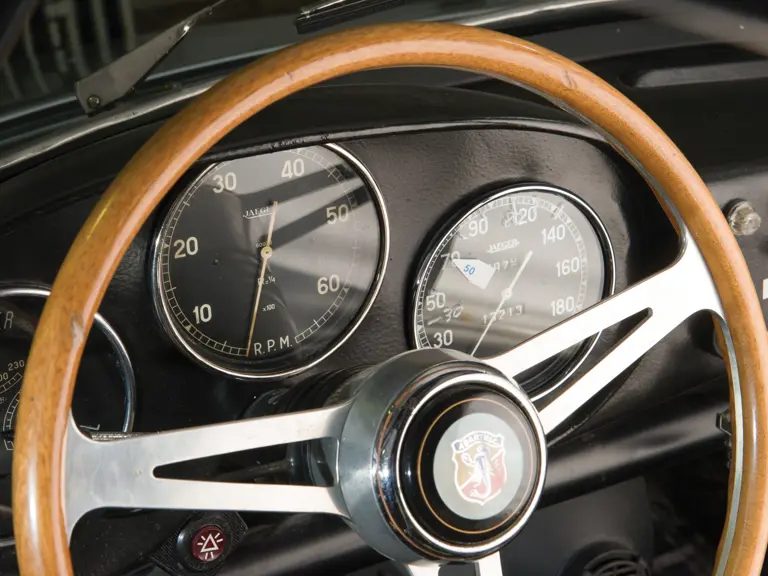

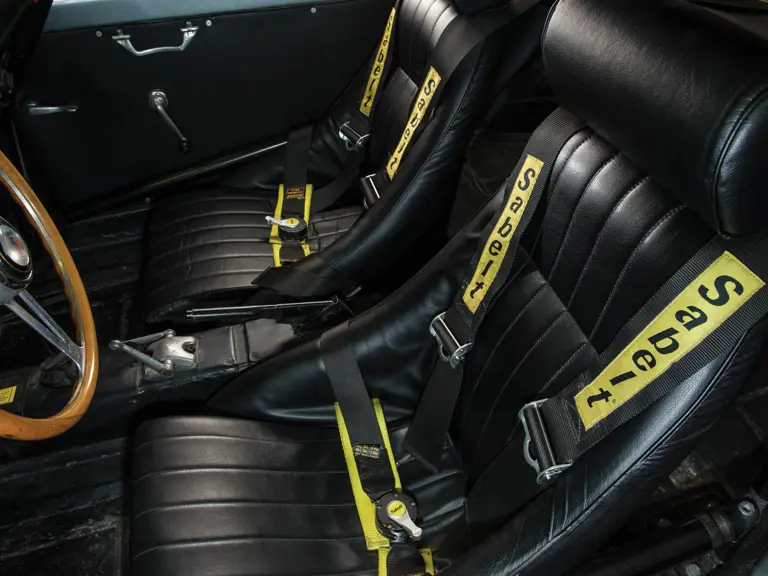

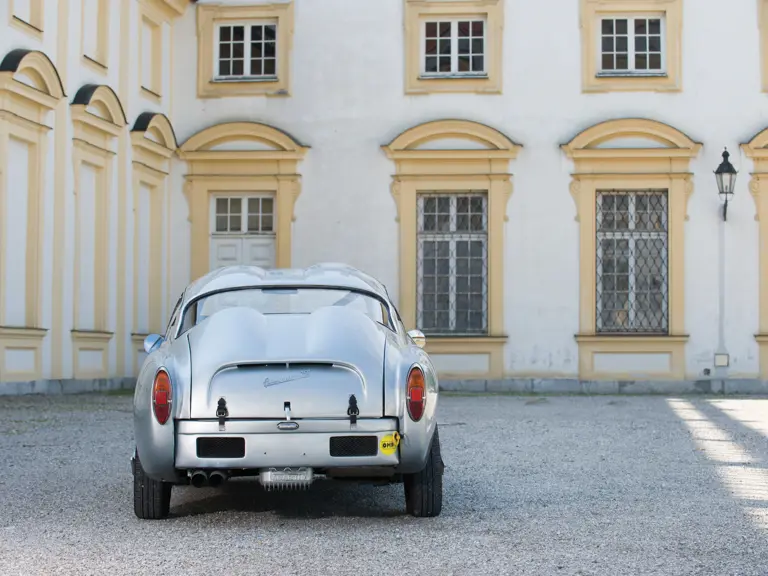
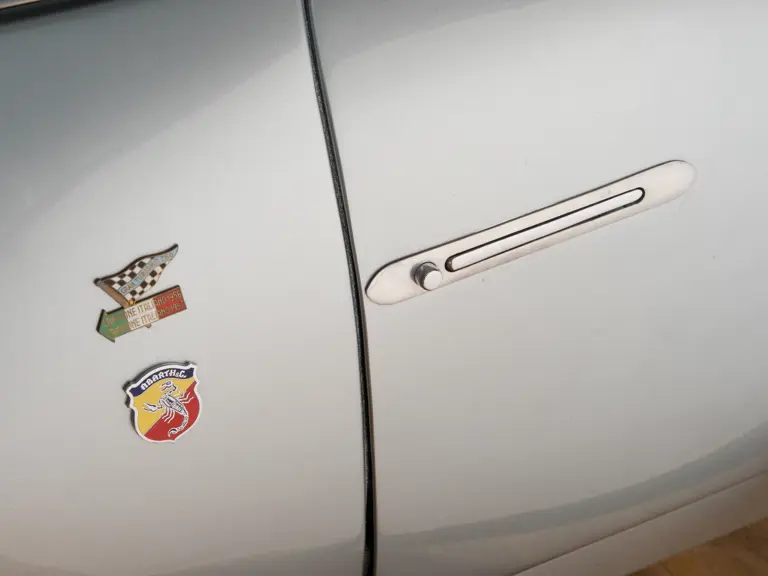
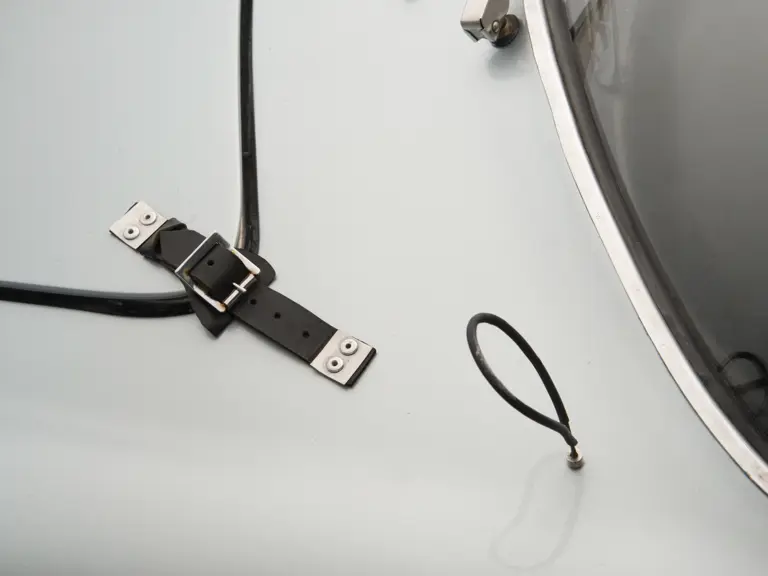
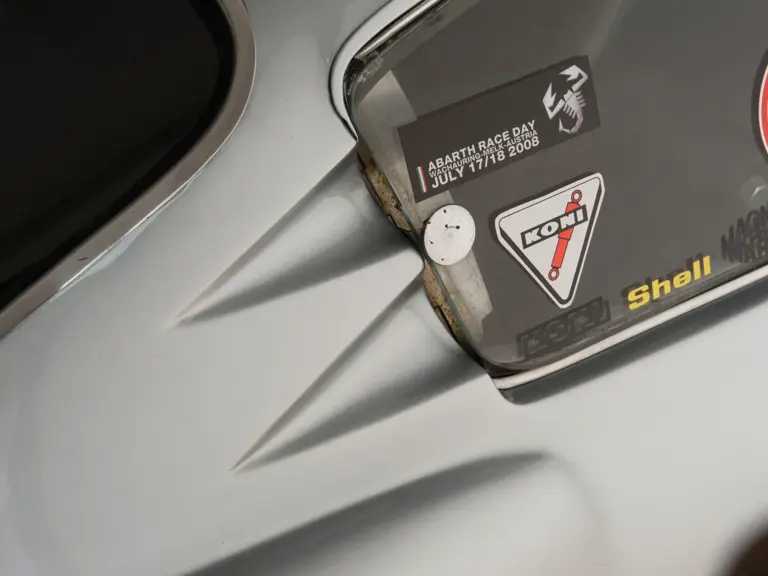

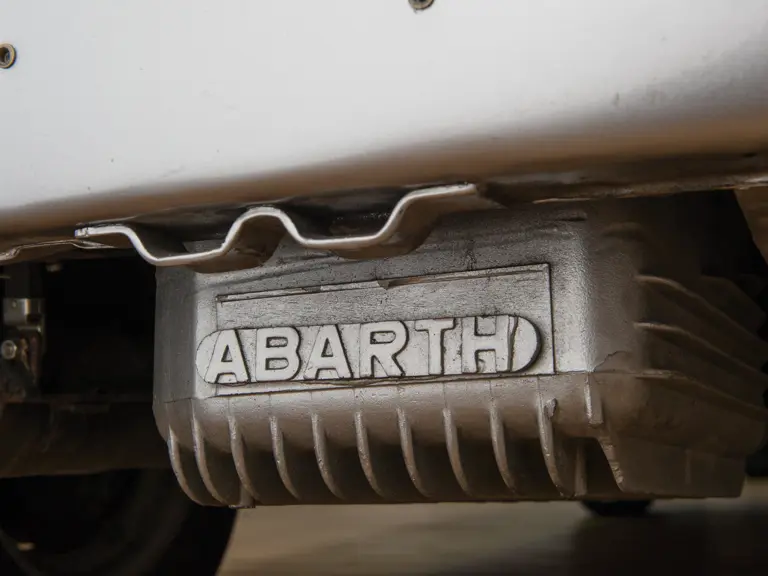
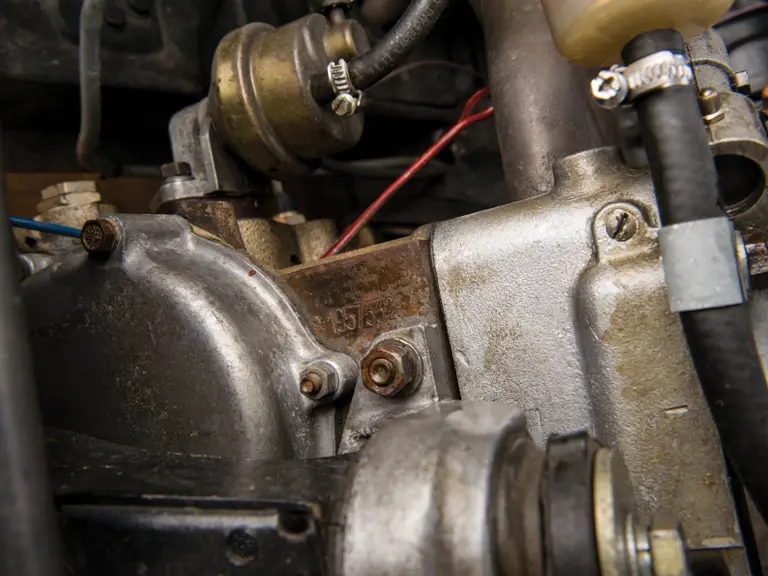
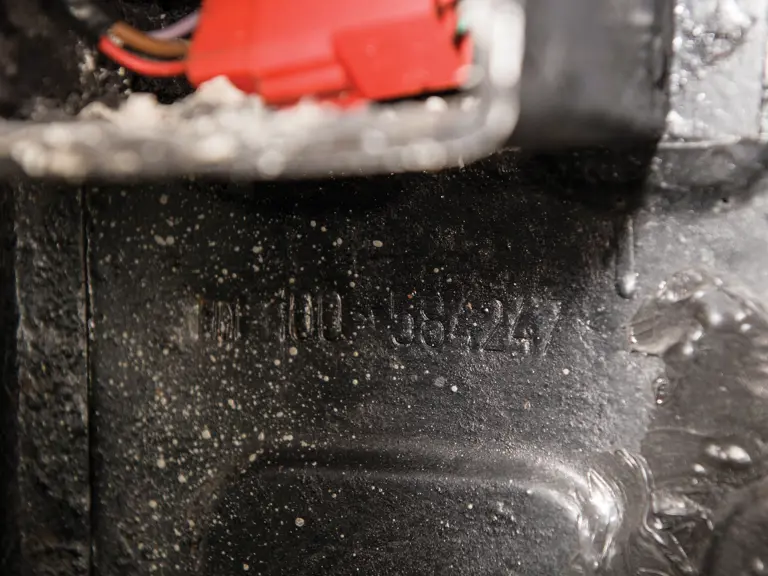
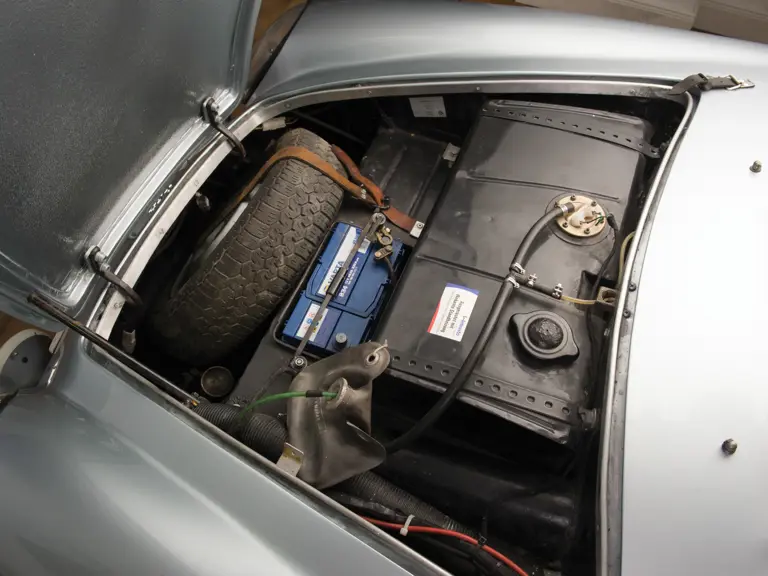
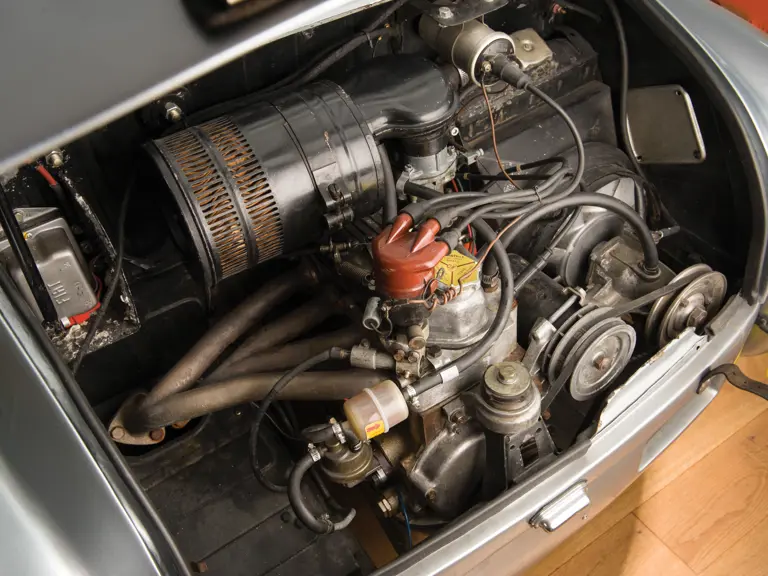
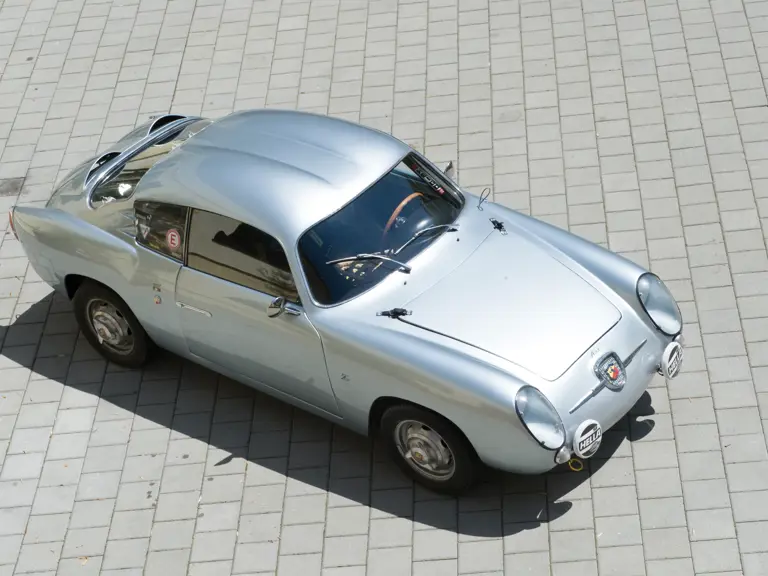
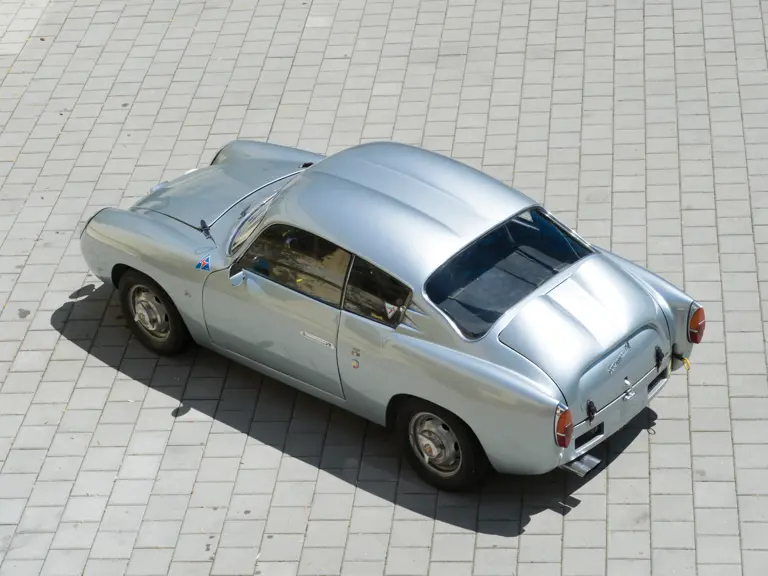

 | London, United Kingdom
| London, United Kingdom
